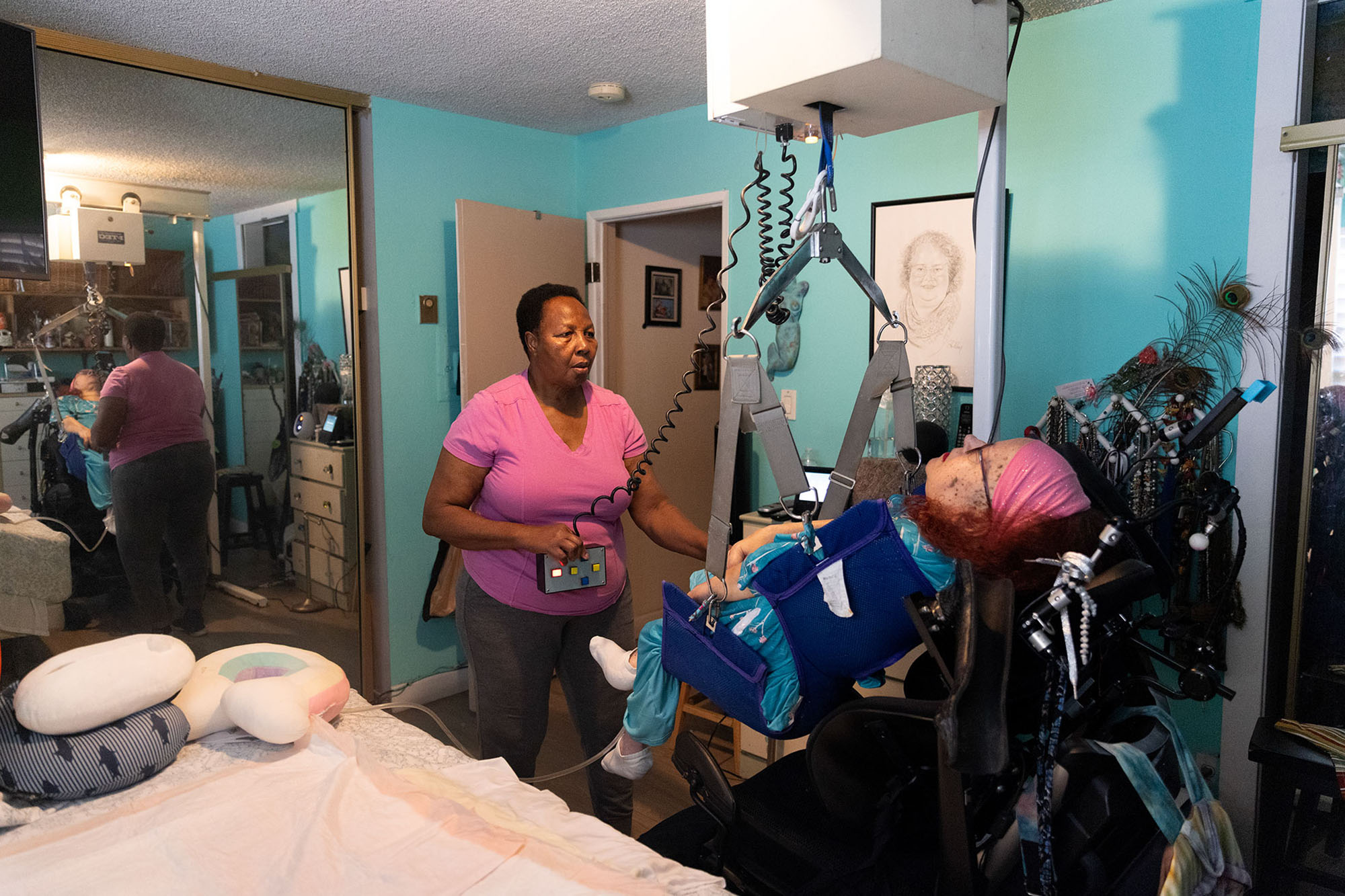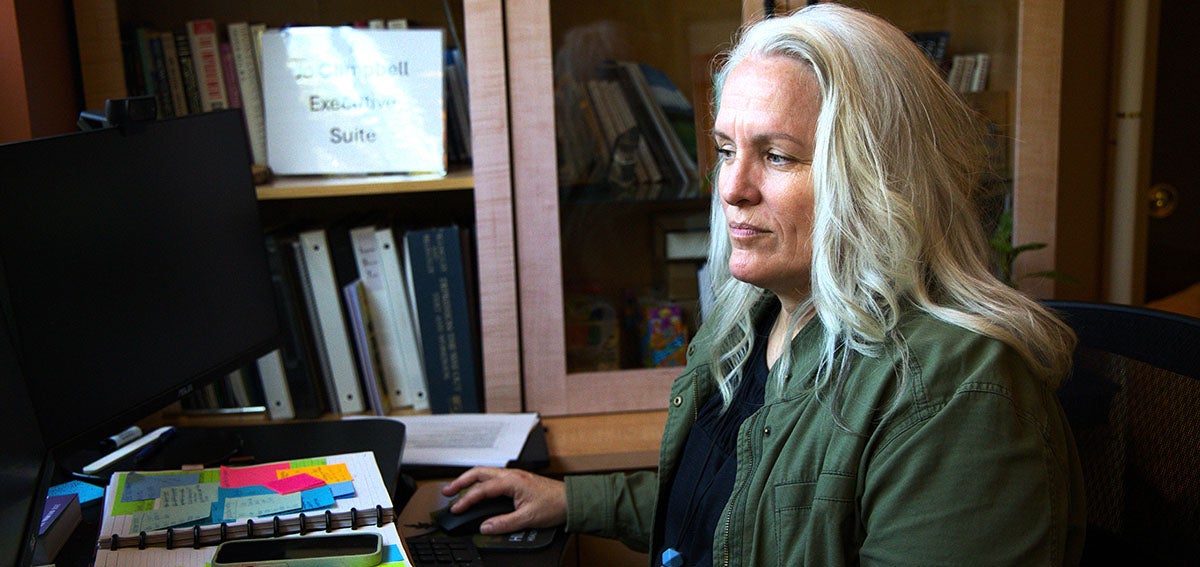
Update: In December 2022, the state rescinded its initial contract decisions (PDF) for commercial Medi-Cal managed care plans, allowing some insurers that were not selected to remain in the program. According to California Healthline, the number of Medi-Cal enrollees who will need to transition to new plans is now estimated at 1.2 million, not 2.3 million. Among the changes, Community Health Group and Blue Shield of California will continue operating in San Diego along with Kaiser Permanente and Molina Healthcare of California. HealthNet will subcontract with Molina Healthcare of California for 50% of its membership in Los Angeles County.
California has a bold agenda to transform the Medi-Cal program to achieve greater quality and equity for its enrollees. The Department of Health Care Services (DHCS) took a major step in its transformation effort in August when it announced which Medi-Cal managed care plans it selected (PDF) to provide care to Medi-Cal enrollees for the next five-year contract period, beginning January 1, 2024.
CHCF and others have written extensively about why this selection process was so important. Medi-Cal managed care plans oversee care for around 12 million of Medi-Cal’s 14.6 million enrollees. About two-thirds of all Medi-Cal enrollees are people of color, and both DHCS’s own analysis (PDF) and independent analysts find significant racial and ethnic disparities in access to care within the Medi-Cal population and between Medi-Cal enrollees and other insured Californians. The health care of nearly one in three Californians as well as the state’s broader progress on health equity will be determined by Medi-Cal’s transformation. Medi-Cal managed care plans are essential partners in that transformation. While DHCS’s latest selection process, known as “procurement,” was only for commercial (not public) plans, the new contract requirements for these commercial plans will be applied to all plans. (It should also be noted that the process is not completely over, as several plans are appealing the outcome of this competitive procurement (PDF).)
DHCS deserves praise for setting some of the boldest improvement goals of any state Medicaid agency. Whether those goals are achieved now depends largely on what comes next as new Medi-Cal contracts are implemented, new workforce and equity initiatives unfold, and the CalAIM initiative — the ambitious DHCS plan to integrate health and social services to deliver “whole person care” to Medi-Cal enrollees with the highest needs — moves forward.
Here are six key things to watch:
1. The Transition of More Than 2 Million Medi-Cal Members to New Plans
An estimated 2.3 million Medi-Cal enrollees (PDF) could have to switch plans come 2024 because DHCS did not ask their current plan to continue in the program. DHCS must support these enrollees in their transition to a different plan and, possibly, to different health care providers. In Sacramento and San Diego, much of this switching will be due to the state’s decision to reduce the overall number of plans operating in those counties. Research showed that the multiplicity of plans in both counties did not improve quality of care or member satisfaction and made it more difficult for providers and enrollees to navigate the system. While many enrollees will have to transition to new plans, ultimately this is a step in the right direction.
2. Plans’ Success in Building Out Provider Networks
Between now and January 1, 2024, the state will determine the operational readiness of the selected plans, and must ensure that all participating plans have robust provider networks. Physician participation in Medi-Cal and patient-to-provider ratios have fallen short of state and national standards. Moreover, the state’s reporting on network adequacy (PDF) greatly overstates physician participation in Medi-Cal and presents a false impression that all plans’ networks meet or exceed state standards. Plans must be held accountable for establishing adequate networks and ensuring enrollees can get timely access to care when and where it’s needed, including through telehealth.
3. The Commitment of Exiting Plans to Medi-Cal Transformation
Until the current contracts expire at the end of 2023, it’s imperative that plans leaving geographic regions and those that will be relinquishing Medi-Cal contracts remain committed to improving care for Medi-Cal enrollees. In addition to improving access and quality for their enrollees, these plans are expected to build out their capabilities to deliver on CalAIM.
4. The Strength of Financial Incentives Tied to Quality
Payment can be one of DHCS’s strongest tools for driving quality improvement in Medi-Cal. While DHCS has committed to “paying for value” and tying payment to plans’ progress on quality measures and reductions in health disparities, it has not announced a specific implementation plan. Guided by input from consumer advocates, plans, and physician groups, these recommendations noted that the incentives “should represent a significant portion of the [plan’s] anticipated margin in order to provide a meaningful incentive to ensure members are receiving high-quality care.”
5. Transparency on Plan Performance and Medi-Cal’s Progress
Medi-Cal’s transformation will take time, and monitoring progress is critical. For example, DHCS deserves praise for setting its “50 x 2025” goals, which include a 50% reduction by 2025 in racial/ethnic disparities related to well-child visits, immunizations, and maternity care. Regular, accurate, and transparent reporting on the progress toward these and other key measures made by individual plans and the Medi-Cal program as a whole can help ensure that all Medi-Cal enrollees are getting better care.
6. California’s Investment in the Health Care Workforce
Some factors that affect plans’ ability to improve access and equity are largely beyond a plan’s control. One example is workforce. Plans rely on the existence of an adequate and diverse supply of health care providers to serve their area. Yet we know that in large swaths of the state, these resources simply do not exist. California’s latest budget makes significant, one-time investments to strengthen the health care workforce, with a focus on behavioral health, primary care, and public health workers. It invests in expanding the number of community health workers. Sustaining these workforce investments are critical to ensuring Medi-Cal enrollees can access care when and where they need it while being served by providers who understand their language and culture.
* * *
California is moving forward with an ambitious vision that would transform Medi-Cal. Selecting the commercial managed care plans responsible for the care provided to Medi-Cal enrollees was an important step on this path, with more changes and lots of hard work ahead. With continued investment and sound implementation, these actions should ultimately lead to higher-quality health care for millions of Medi-Cal enrollees and progress in reducing long-standing disparities in health outcomes.
Authors & Contributors


Jessica Brandi Lifland
Jessica Brandi Lifland is a freelance photographer, instructor of journalism at City College of San Francisco, and mother. Her work with publications and nonprofits such as Operation Smile, Tostan, and the California Health Care Foundation has taken her all over the world, including West Africa, the Middle East, Kosovo, Burma, Haiti, and South America.
For two decades she has been photographing the National Cowboy Poetry Gathering and has been working on a long-term project documenting the lives of the cowboy poets of the American West in affiliation with the Western Folklife Center. She plans to make her project into a book.





